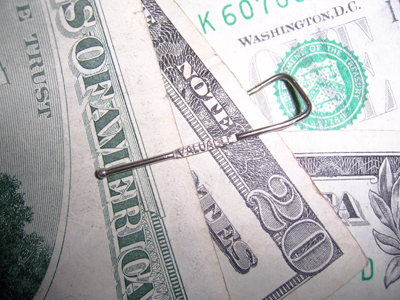All Nonfiction
- Bullying
- Books
- Academic
- Author Interviews
- Celebrity interviews
- College Articles
- College Essays
- Educator of the Year
- Heroes
- Interviews
- Memoir
- Personal Experience
- Sports
- Travel & Culture
All Opinions
- Bullying
- Current Events / Politics
- Discrimination
- Drugs / Alcohol / Smoking
- Entertainment / Celebrities
- Environment
- Love / Relationships
- Movies / Music / TV
- Pop Culture / Trends
- School / College
- Social Issues / Civics
- Spirituality / Religion
- Sports / Hobbies
All Hot Topics
- Bullying
- Community Service
- Environment
- Health
- Letters to the Editor
- Pride & Prejudice
- What Matters
- Back
Summer Guide
- Program Links
- Program Reviews
- Back
College Guide
- College Links
- College Reviews
- College Essays
- College Articles
- Back
Analyzing the 2008 Crash: How & Why
The stock market crash of 2008 was caused by a number of different variables. However, in order to understand how and why it happened, we need to know the finer details. First of all, the stock market is made up of sellers and buyers that trade stocks, which are bits and pieces of company ownership. The stock market is often volatile with many stocks having gained and lost their prices throughout the day. With these variables in mind, let’s begin. The stock market crash of 2008 first started with America’s reaction to the attacks on 9/11. The 9/11 attacks cut low-interest rates even lower. The 9/11 attacks also damaged the economy which led the government to try to buoy the economy. These factors caused banks to lure in potential homebuyers with low mortgages. However, the government would not allow interest rates to stay low forever. Soon, mortgage rates skyrocketed and many people had to go on default rates, which put banks in the red due to a lack of regulation in the banking industry. An example of this would be the lack of loaning regulations as well as there being no ban on a bank using their customer’s money for hedge funds.
The housing market also began to crash with homebuyers owing more than their houses were worth. With the crash of the housing market, the Dow Jones index would soon follow. The U.S. government would also take over two huge home mortgage companies due to heavy losses from the collapsing mortgage market. Along with this, the fourth largest investment bank in the United States named the Lehman Brothers declared bankruptcy which further damaged the economy. Since the Lehman Brothers was a large investment bank, many people who bought bonds from the company suffered. This in turn made many people panic and the Reserve Primary Fund’s shares would drop below one dollar. The RPF was supposed to be a trustworthy fund however their shares would “break the buck” which caused a massive panic. These investors would then take their money out of the fund and put their money into U.S. Treasury Bonds which would allow investors to keep their money. Since so much money was taken out of the economy and put into the U.S. Treasury, there would not be enough money flowing around to sustain the economy. If this had continued, there would not be enough money to operate even small businesses.
The government soon started bailouts. The Troubled Asset Relief Program(TARP) was then proposed and the Securities and Exchange Commission set a short ban on short-selling stocks. Which is the practice of borrowing money to quickly buy and sell stocks for a profit in the short-term. Due to this ban, the market would improve for a short while before three weeks of utter chaos in the economy. JP Morgan and Goldman Sachs, two large investment firms would change to bank holding companies in an effort to obtain more bailout funding. After several days of bank runs, which occur when large amounts of bank customers withdraw their money, the Federal Deposit Insurance Corporation would buy out another large company burdened with debt. The revised TARP plan, now named the Emergency Economic Stabilization Act, passed Congress and it would use 70 billion dollars to bail out the economy. President Bush would then host a conference to discuss the United States’ economy. The impact the 2008 crash had on our economy can be seen in our economy today with all the rules and regulations that are present in order to prevent another crash like 2008.

Similar Articles
JOIN THE DISCUSSION
This article has 0 comments.

Brandon is a middle-schooler who enjoys gaming with his friends and reading web novels.
I thank my mentor for giving me ideas and guidance on this project. Along with my mentor, I also thank Investopedia, Wealthsimple, and The Balance for helping me to write about the 2008 crash. I thank my parents for pushing me to write more.